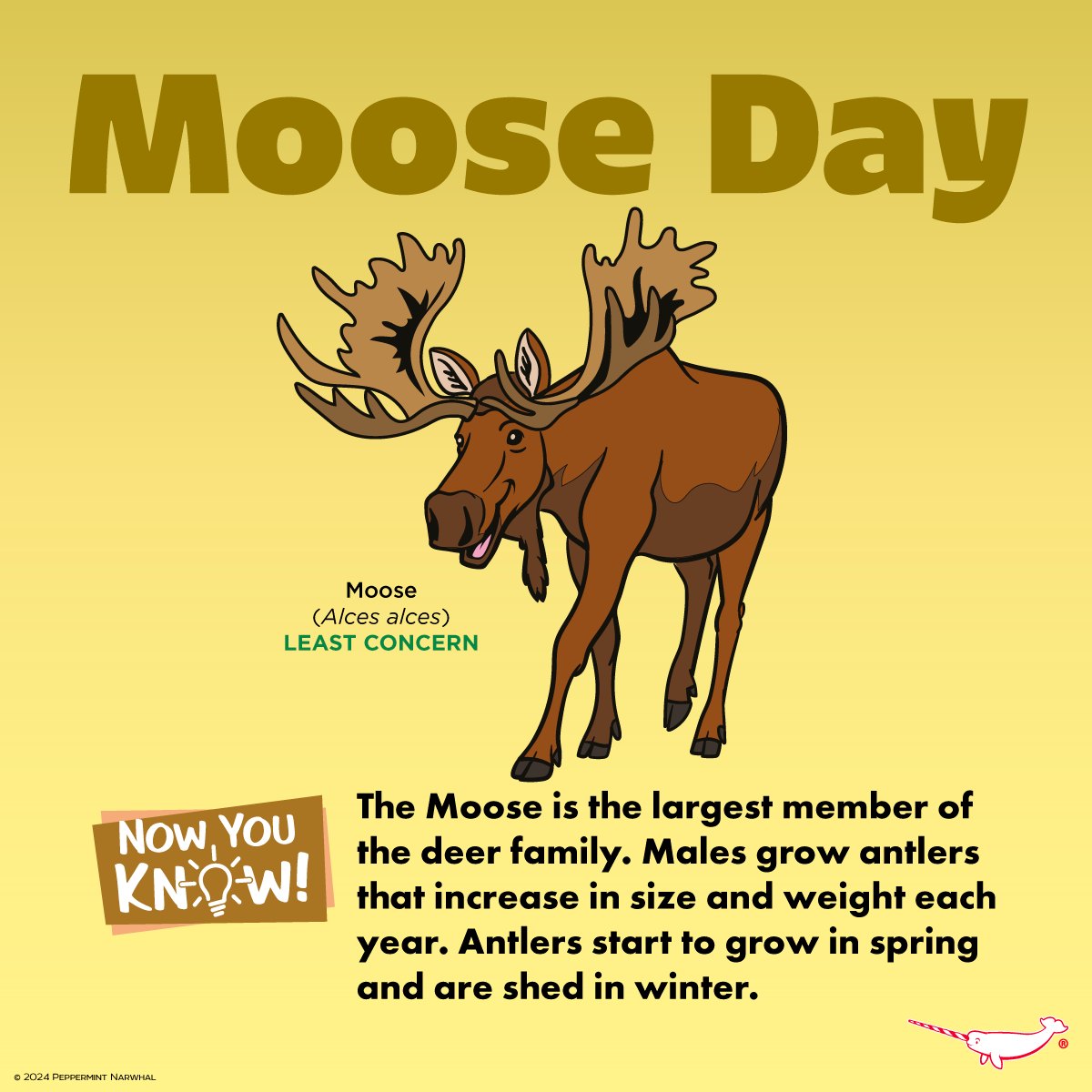– The physiological and behavioral characteristics of the Moose (Alces alces)
– The significance of antler growth and shedding in Moose
– Conservation efforts and challenges for Moose populations
– The role of Moose in their ecosystem and human culture
– Details on the new collectible enamel pin series to raise awareness
The Moose (Alces alces), as the largest member of the deer family, embodies physical grandeur and ecological importance. These majestic creatures are easily recognizable by their massive antlers, exclusive to males. These antlers serve various purposes, from attracting mates to asserting dominance and fending off predators. The life cycle of Moose antlers, which entails annual shedding and regrowth, reflects these animals’ remarkable adaptability and resilience. Understanding the physiological and behavioral characteristics of the Moose is crucial for wildlife enthusiasts and conservationists alike.
Antler growth in Moose is a fascinating process, initiated in the spring and continuing until they reach their full size by the fall. This cycle is not merely a spectacle of nature but an integral aspect of the species’ reproductive strategy. Antlers are used in competitions between males for the opportunity to mate, making them crucial for natural selection. However, Moose shed their antlers in winter to conserve energy, showcasing nature’s efficiency and the animals’ adaptation to their harsh environments.
Conservation efforts for the Moose are multifaceted, emphasizing habitat protection, population management, and disease control. Unfortunately, Moose populations face threats from habitat loss due to deforestation and urban expansion, climate change, and increased exposure to parasites and diseases. Conservation strategies require a comprehensive understanding of Moose ecology, behavior, and needs. Collaborative efforts among governments, conservation organizations, and local communities are vital for the sustainable management and protection of Moose populations.
Moose play a significant role in their ecosystems and human culture. Herbivores significantly influence vegetation dynamics and nutrient cycling in their habitats. Moreover, Moose are culturally significant to many indigenous and local communities who rely on them for sustenance, materials, and as part of their cultural heritage. This deep connection underscores the importance of conserving Moose populations, not only for biodiversity but also for cultural preservation.
A new collectible enamel pin series has been introduced to raise awareness and support for wildlife conservation. This series celebrates the world’s only egg-laying mammals, the monotremes, including the platypus and the echidnas, and aims to draw attention to the diverse and fascinating world of wildlife. By collecting these pins, individuals can show their support for wildlife preservation and learn more about the unique species that share our planet. This initiative is a creative way to engage the public in conservation efforts and celebrate the incredible biodiversity of our world.
The story of the Moose is one of resilience, ecological significance, and cultural importance. Conservation efforts must continue to safeguard these magnificent creatures and the rich ecosystems they inhabit. By fostering a deeper understanding of Moose biology, behavior, and conservation, we can ensure that future generations will continue to be inspired by the majesty of the Moose. The introduction of the enamel pin series serves as a reminder of our collective responsibility to protect our wildlife and the intricate ecosystems they call home. Happy Moose Day serves as an opportunity to reflect on the beauty and ecological importance of the Moose, encouraging ongoing efforts to conserve their populations and habitats for years to come.
*****
Source Description
Happy Moose Day!
Now You Know! – The Moose (Alces alces) is the largest member of the deer family. Males grow antlers that increase in size and weight each year. Antlers start to grow in spring and are shed in winter.
–
NEW collectible enamel pin series featuring the world’s only egg-laying mammals, the monotremes, including the platypus and the echidnas.
Pledge Now! – https://rb.gy/0lw7he
Search “Monotremes” or “Peppermint Narwhal” on Kickstarter.
The campaign runs now through Feb. 4, 2024.
Shop www.peppermintnarwhal.com.
Last Chance – 2024 Calendar will sell out soon!!!


